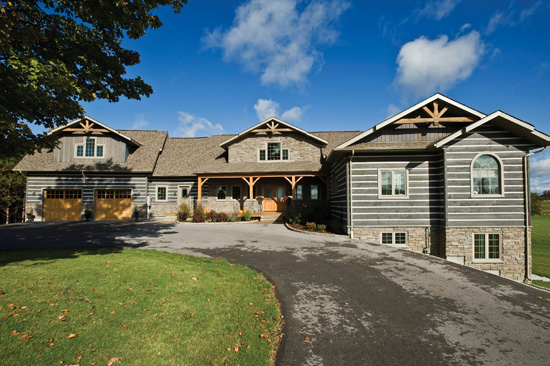
Smooth Transitions
Proper estate planning can go a long way in ensuring a smooth transition of finances and property to the next generation. Without this advance planning, the situation can become muddled, frustrating, and downright expensive for your heirs. Luckily, there are a few steps you can take now to ensure the most successful passing on of your legacy log home.
Marilyn McWilliams, partner with Denver law firm Moye White, says she’s helped a large number of clients prepare for the future through estat
